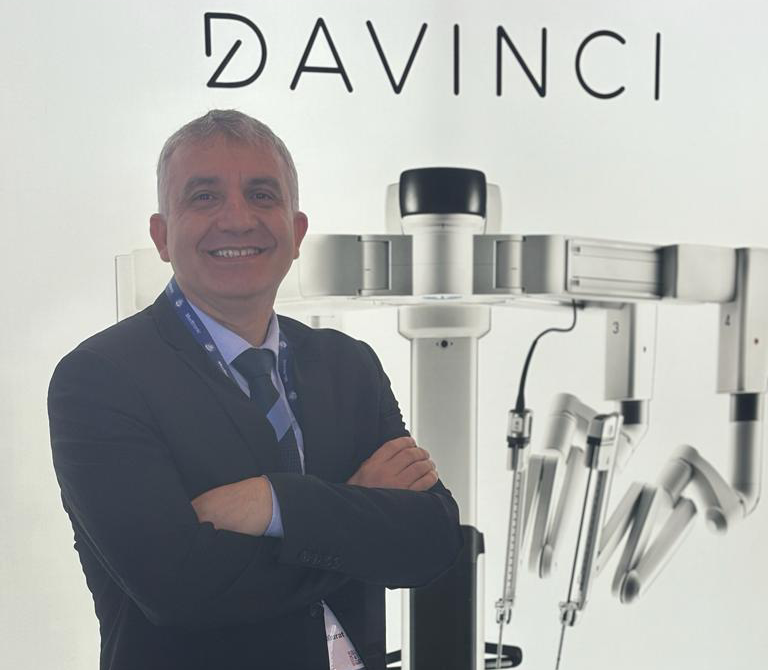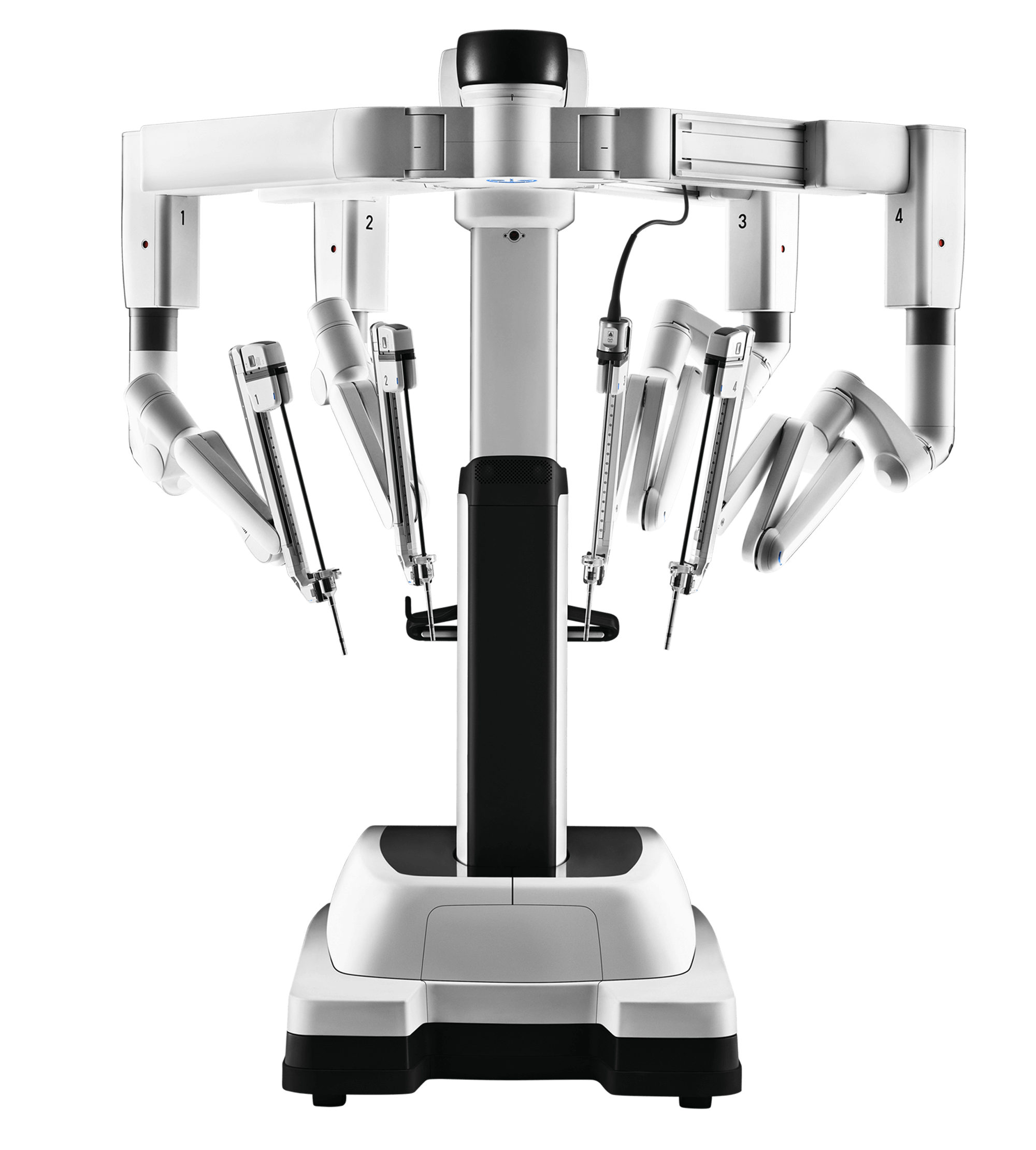Robotic Thoracic Surgery
Assoc. Prof. Dr. Murat Akkuş has performed hundreds of robotic thoracic surgery operations to date. Robotic thoracic surgery is used in the treatment of various diseases, such as lung cancer, mediastinal tumors, chest wall tumors, lung cysts, lung emphysema, lung masses, lung metastases, and lung hydatid cysts, using a robotic surgical system.
Areas of Expertise

Robotic Thoracic Surgery
Robotic Thoracic Surgery combines thoracic surgery with robotic technology to perform precise and complex surgical procedures in the chest cavity. Surgeons use robotic arms with small instruments and a high-resolution camera to enhance precision and control during the surgery.

Minimal Invasive Thoracic Surgery
Minimal Invasive Thoracic Surgery aims to perform chest surgery with smaller incisions and less trauma to the patient compared to traditional chest surgery. Special instruments and techniques are used to access the heart through small hole-like incisions or ports. This approach offers advantages such as reduced pain, shorter hospital stay, faster recovery, and improved cosmetic results.

Video-Assisted Thoracoscopic Surgery (VATS)
Video-Assisted Thoracoscopic Surgery (VATS) is a minimally invasive surgical technique used to diagnose and treat various conditions in the chest cavity. Small incisions are made in the chest wall, through which a small camera (thoracoscope) and specialized surgical instruments are inserted. The camera provides a high-resolution video feed, allowing the surgeon to view the surgical area on a monitor. VATS offers advantages such as reducing postoperative pain, shorter hospital stay, faster recovery, and minimal scarring.

Chest Wall Deformities
Chest wall deformities refer to structural abnormalities or irregularities that affect the shape or appearance of the chest wall. These deformities may include conditions such as pectus excavatum (sunken or concave chest), pectus carinatum (protruding or 'pigeon chest'), and Poland syndrome (underdeveloped or absent chest muscles). These conditions may be present at birth or develop later in life. Chest wall deformities can cause cosmetic concerns, functional limitations, and, in some cases, respiratory or cardiovascular symptoms. Treatment options may include observation, physical therapy, bracing, or surgical intervention in severe cases.

Bronchoscopic Endobronchial Interventions
Bronchoscopic Endobronchial Interventions refer to minimal invasive procedures performed within the bronchial tubes using a flexible tube called a bronchoscope, which contains a camera and surgical instruments. These interventions are used in the diagnosis and treatment of various conditions affecting the airways, such as tumors, infections, strictures, and bleeding. Common endobronchial interventions include bronchial biopsy, endobronchial tumor resection, laser therapy, airway stent placement, and bronchial thermoplasty. These procedures are guided by real-time visualization through the bronchoscope and can help alleviate symptoms, improve lung function, and potentially prevent the need for more invasive surgeries.

Medical Innovative Technologies
Medical innovative technologies encompass groundbreaking advancements and novel approaches in diagnosis, treatment, and patient care. These technologies span a wide range of areas, including digital health, telemedicine, artificial intelligence, robotics, genomics, nanotechnology, 3D printing, and wearable devices. The goals of medical innovative technologies are to improve health outcomes, increase efficiency, reduce costs, and provide personalized and targeted treatments. Medical innovative technologies have the potential to transform medical practice, empower patients, and offer solutions to health challenges through new tools, techniques, and solutions.
